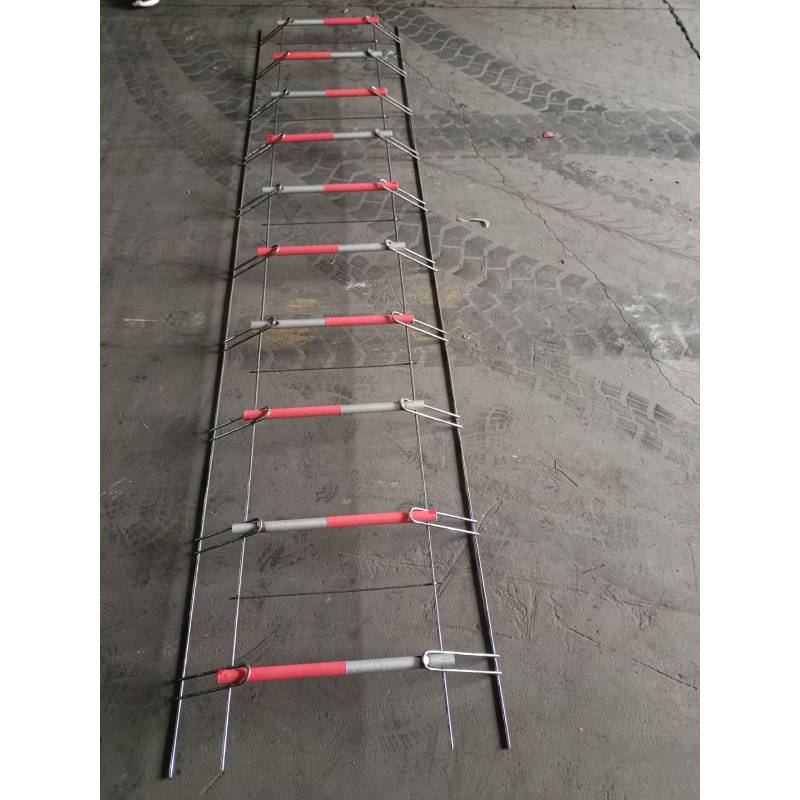
- Mobile Phone
- +8613931874955
- sales@cntcmetal.com
Exploring the Mechanics and Applications of Coil Tension Springs in Engineering and Design
Understanding Coil Tension Springs Applications and Mechanics
Coil tension springs are a vital component in numerous mechanical systems, providing the necessary force to pull components together or maintain tension in various applications. These springs are uniquely designed to store energy and release it when needed, making them essential in many industrial and consumer products.
What are Coil Tension Springs?
A coil tension spring is a type of spring that is wound in a helical shape and designed to handle axial loads. Unlike compression springs, which are meant to bear loads when compressed, tension springs are intended to stretch when a force is applied. This stretching action stores mechanical energy, which can be released when the load is removed. They are typically made from high carbon steel or stainless steel, ensuring high tensile strength and durability.
Key Characteristics
Coil tension springs possess several distinctive features. Their primary ability to absorb and release energy allows them to function effectively in scenarios where pulling force is necessary. The amount of tension a spring can handle is determined by its diameter, wire thickness, coil spacing, and overall length. Each of these characteristics should be optimized based on the specific application to ensure reliability and efficiency.
One critical concept related to coil tension springs is spring rate, which refers to the amount of force required to stretch the spring one inch. A higher spring rate indicates that the spring is stiffer, requiring more force to achieve the same extension compared to a spring with a lower rate. Additionally, the maximum load a coil tension spring can handle is commonly referred to as the tensile strength, an essential factor in ensuring that the spring does not fail under operational conditions.
coil tension springs

Applications of Coil Tension Springs
The versatility of coil tension springs makes them suitable for a wide range of applications. In the automotive industry, they are often used in mechanisms like hoods, doors, and trunk systems, where they provide necessary tension to secure or release components. In consumer products, tension springs can be found in items such as umbrellas, toy mechanisms, and retractable ballpoint pens.
Moreover, coil tension springs are fundamental in industrial machinery. These springs can be seen in conveyor systems, where they maintain consistent tension on belts, ensuring smooth operation. They are also utilized in various assembly lines where components need to move together in a coordinated manner, thus enhancing productivity and performance.
Conclusion
Coil tension springs are indispensable components in various fields ranging from automotive to consumer goods and industrial applications. Their ability to store and release energy makes them essential for many mechanical systems that require efficient operation. Understanding their characteristics, such as spring rate and tensile strength, is crucial for engineers and designers to ensure that they are choosing the right spring for the right application.
As technology continues to advance, the designs and materials used in coil tension springs will likely evolve, leading to even more efficient and robust applications. Whether in simple household products or complex machinery, the significance of coil tension springs will persist, making them a cornerstone of modern engineering.
share:
-
Your Source for Concrete Wall Ties and Masonry AccessoriesNewsJul.10,2025
-
Unlocking the Power of Iron Wire for Every ProjectNewsJul.10,2025
-
Explore Advanced Chain Wire and Stainless Steel Mesh FencingNewsJul.10,2025
-
Discover the Benefits of Annealed Wire ProductsNewsJul.10,2025
-
Discover China Stainless Steel Wire Mesh SolutionsNewsJul.10,2025
-
Build with Confidence Using High-Performance Masonry AccessoriesNewsJul.10,2025
-
Why Sacrificial Formwork Is Redefining Underground ConstructionNewsJun.06,2025



















